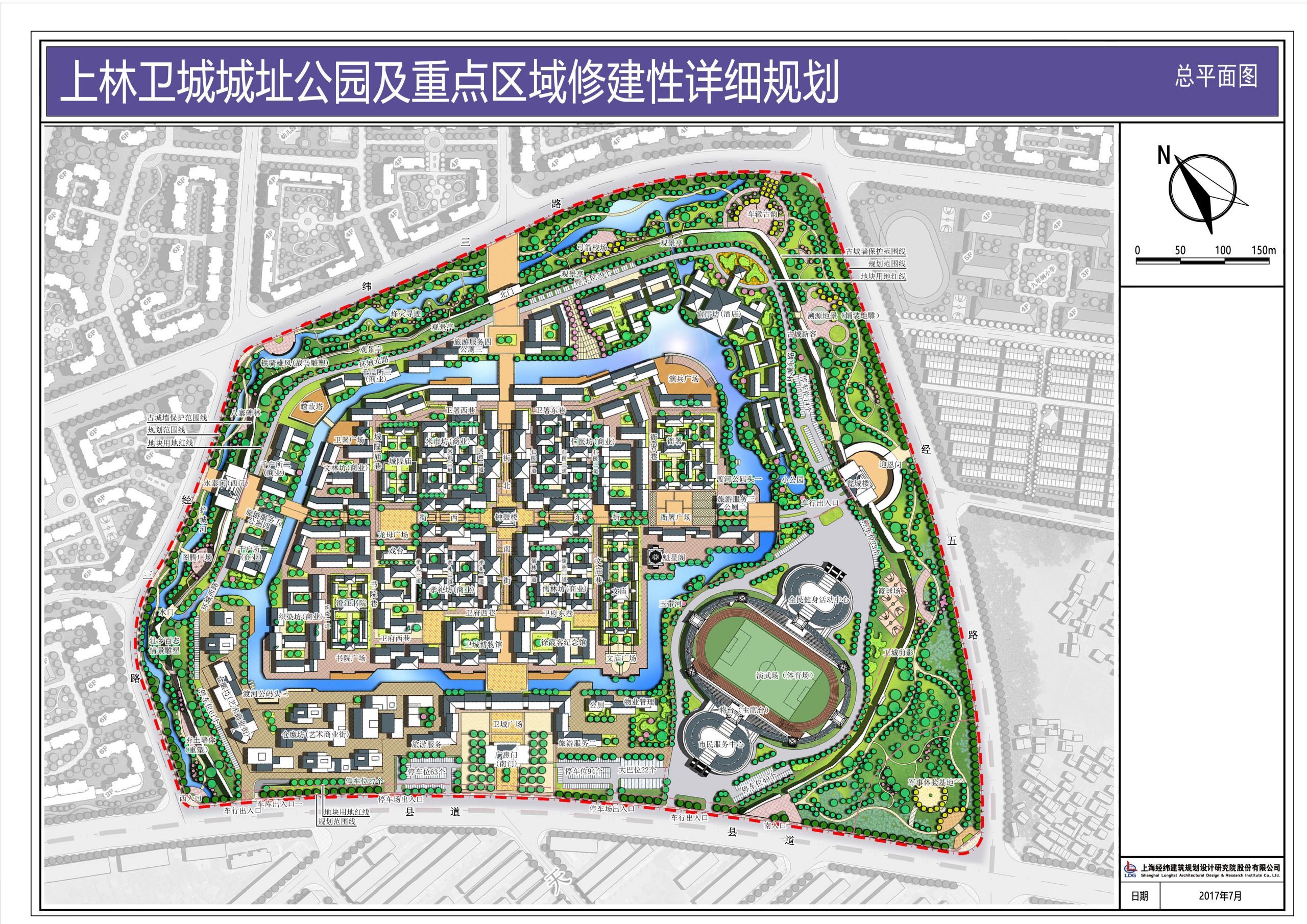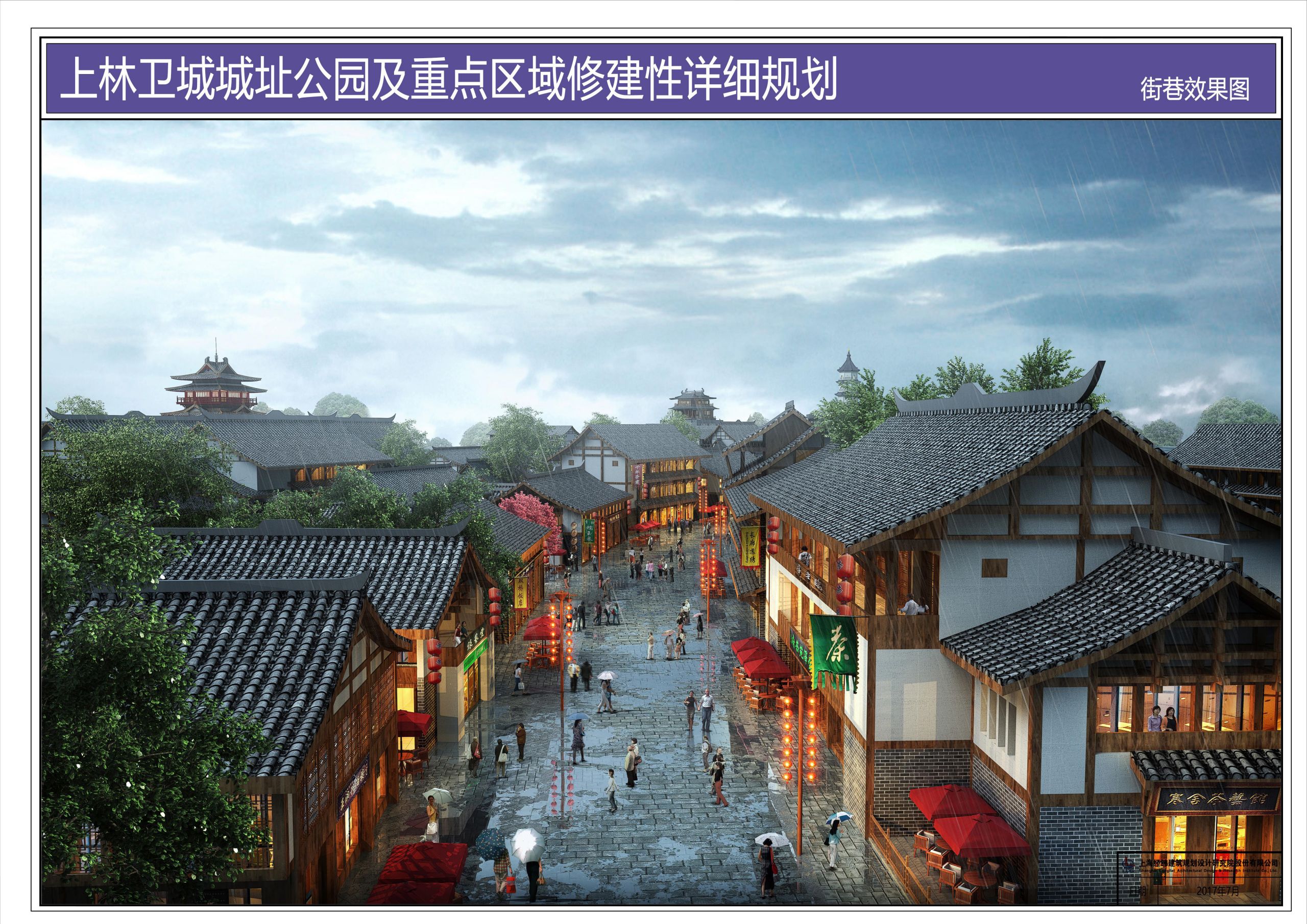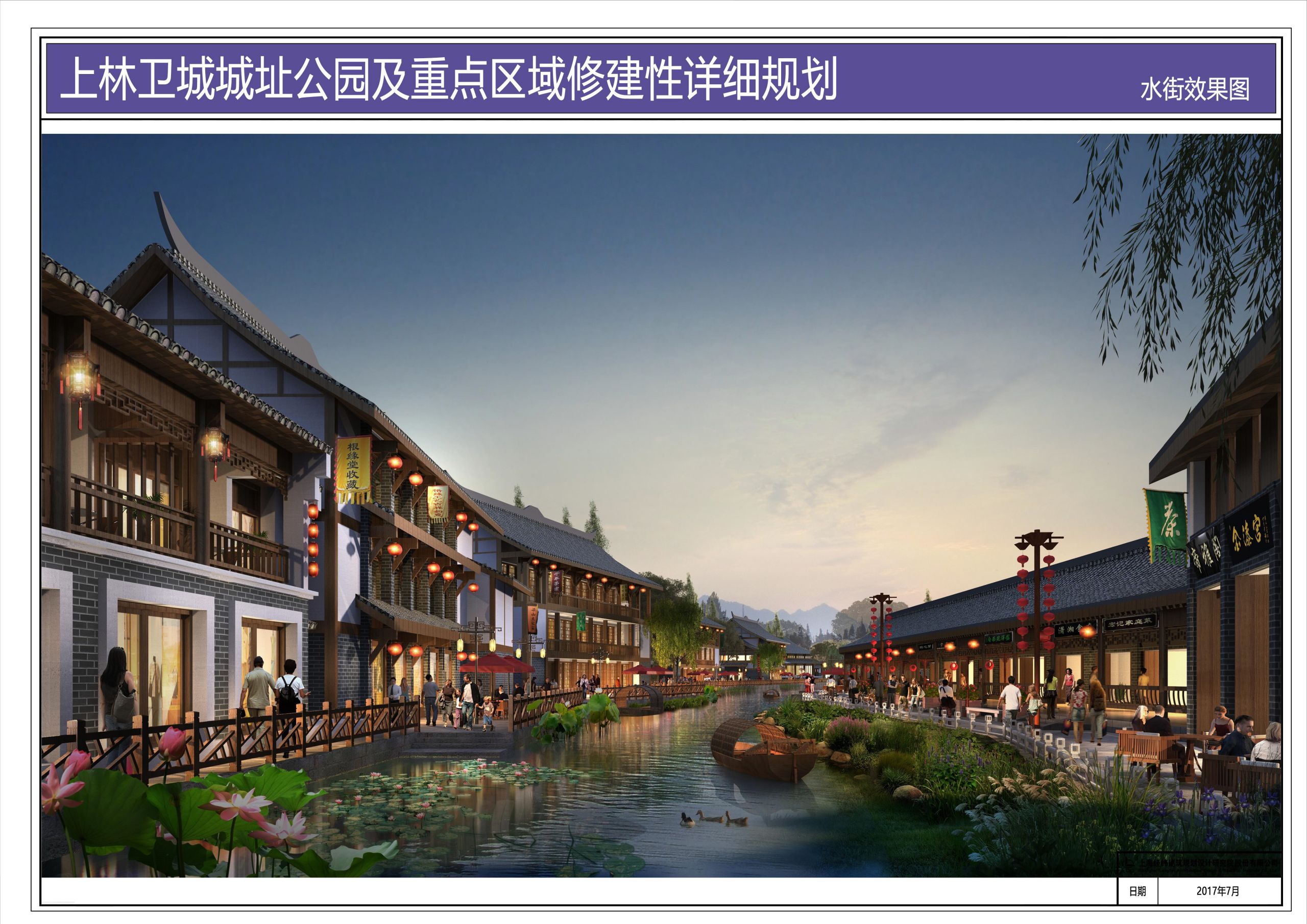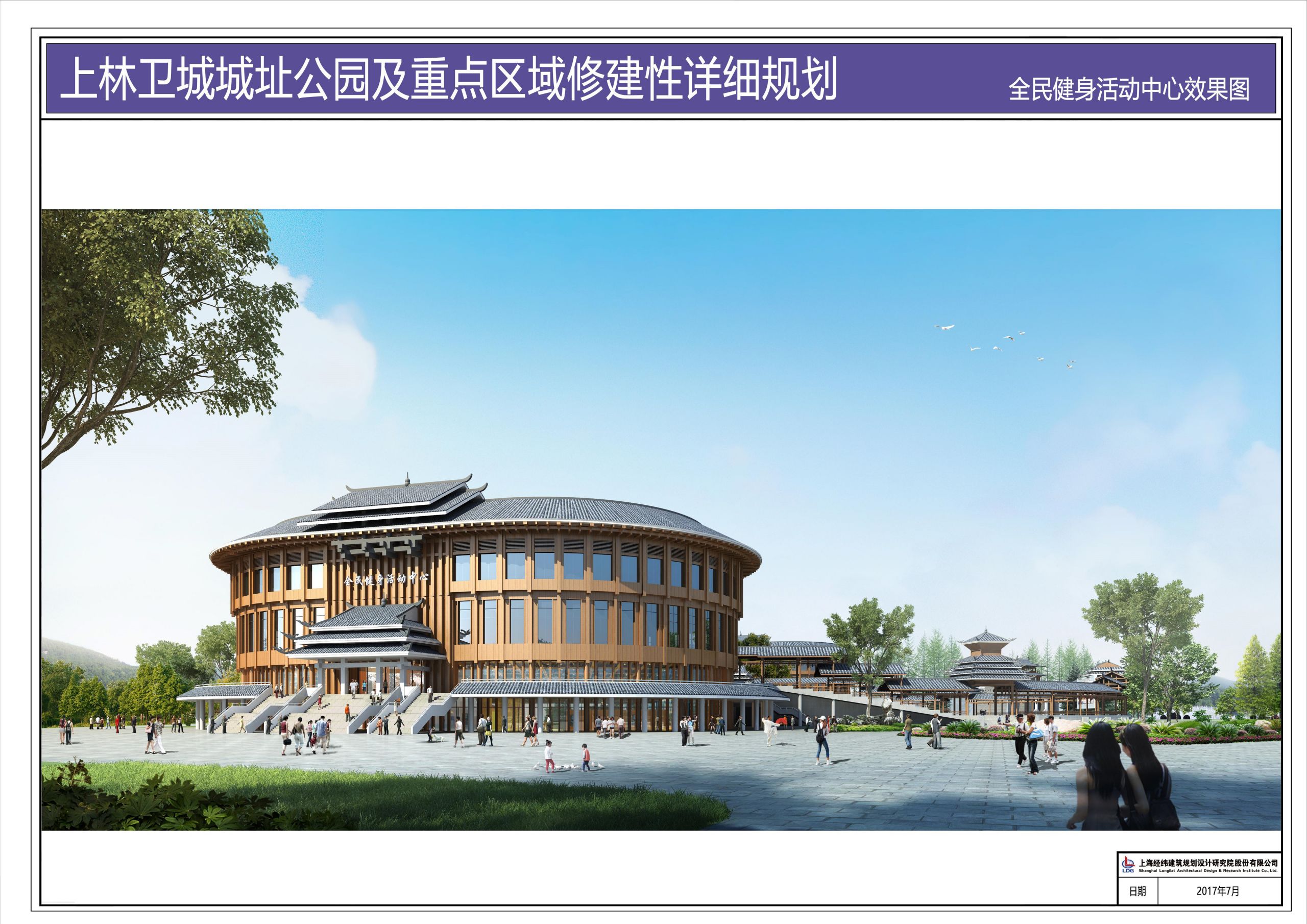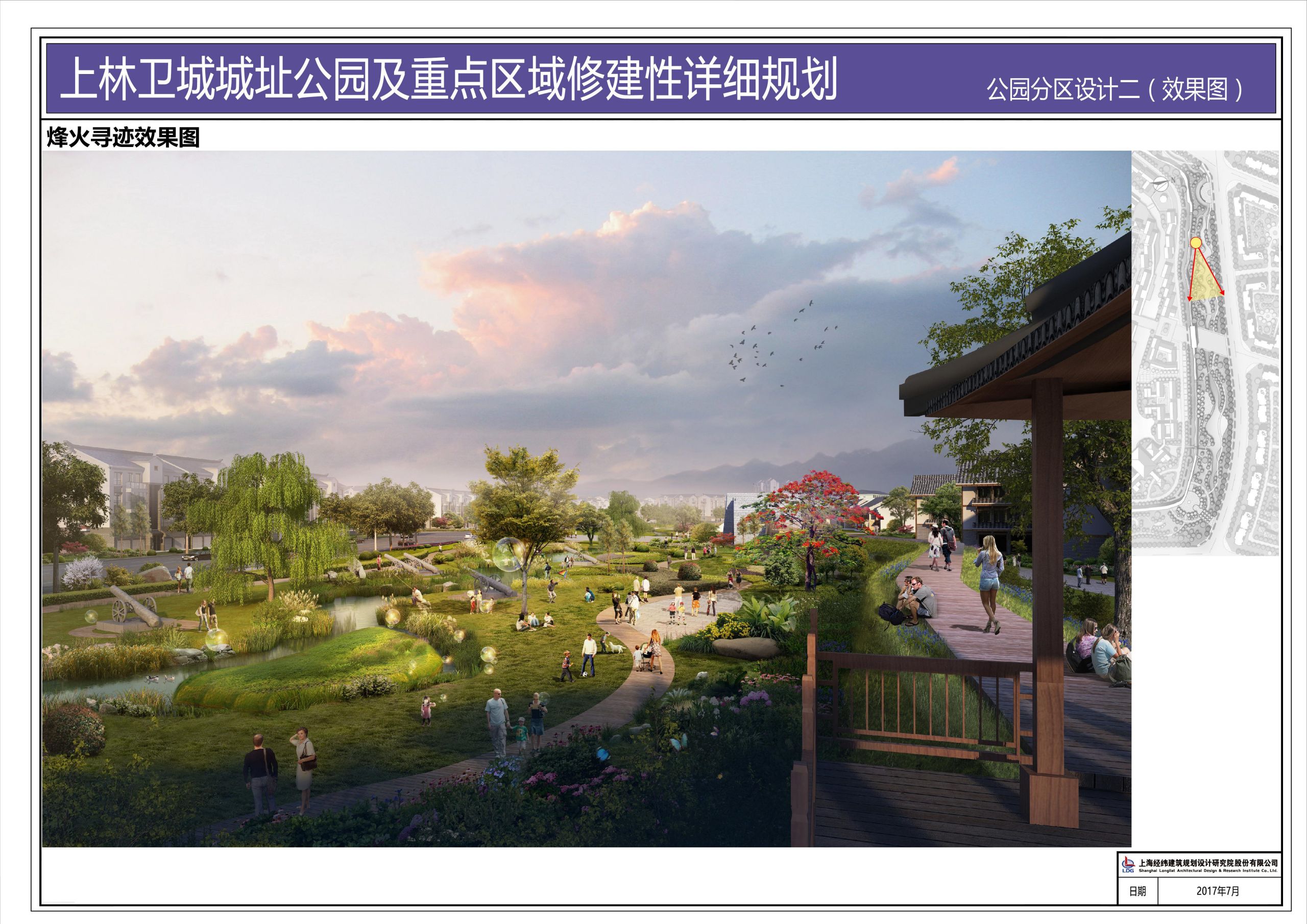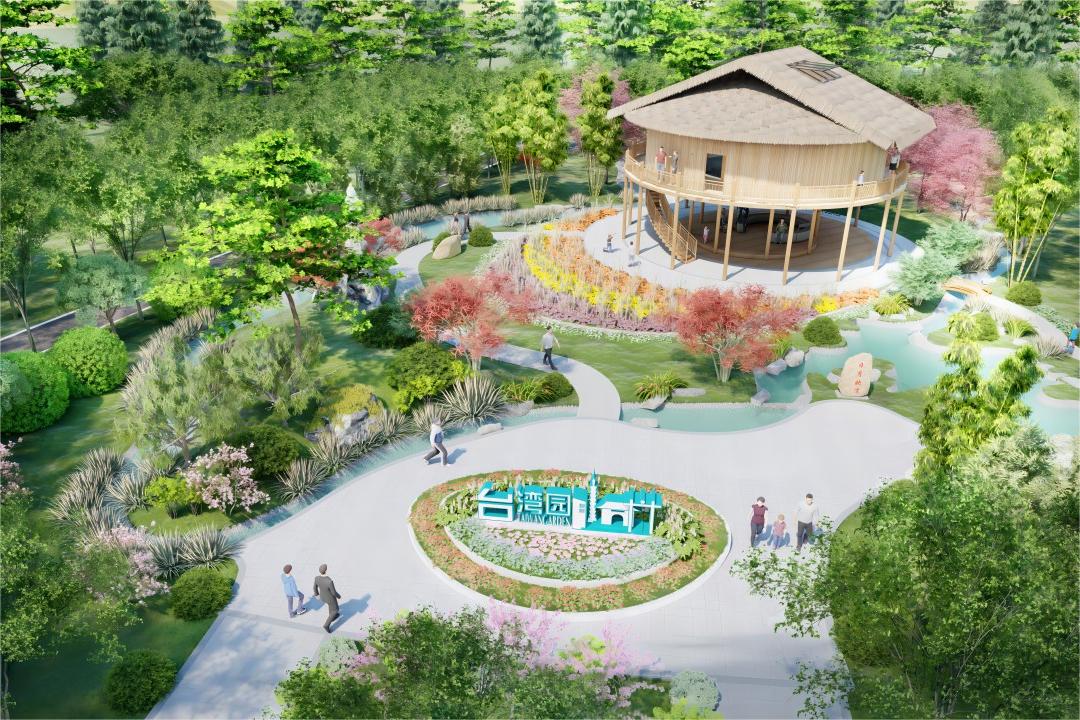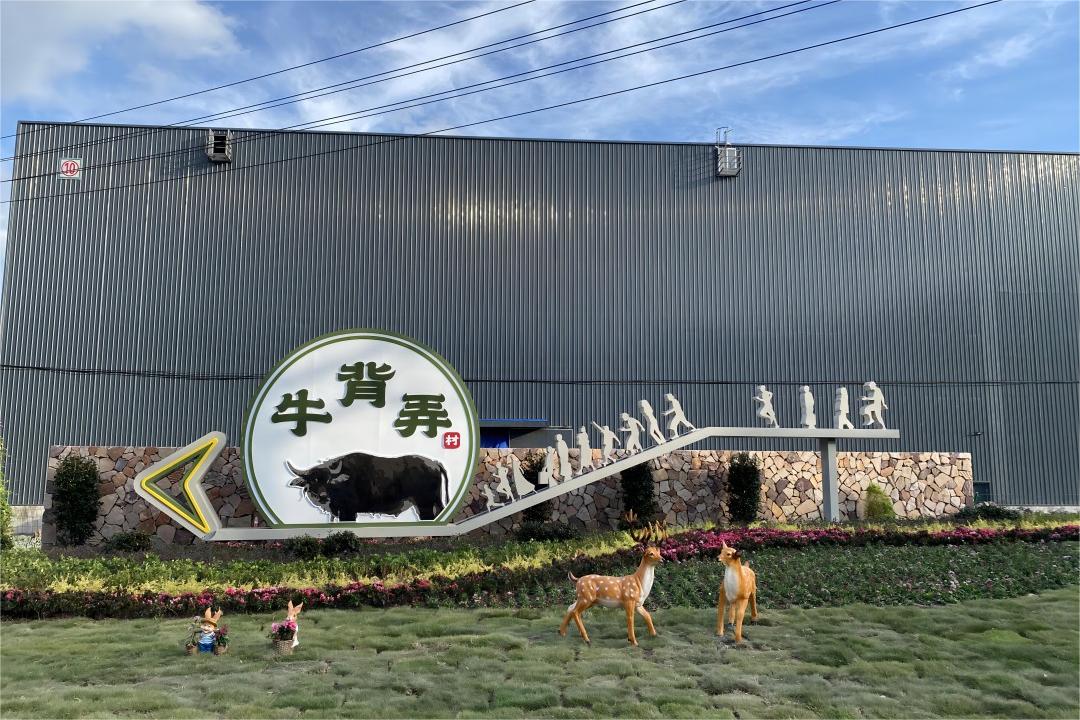Detailed construction plan for Shanglinwei City Site Park and key areas
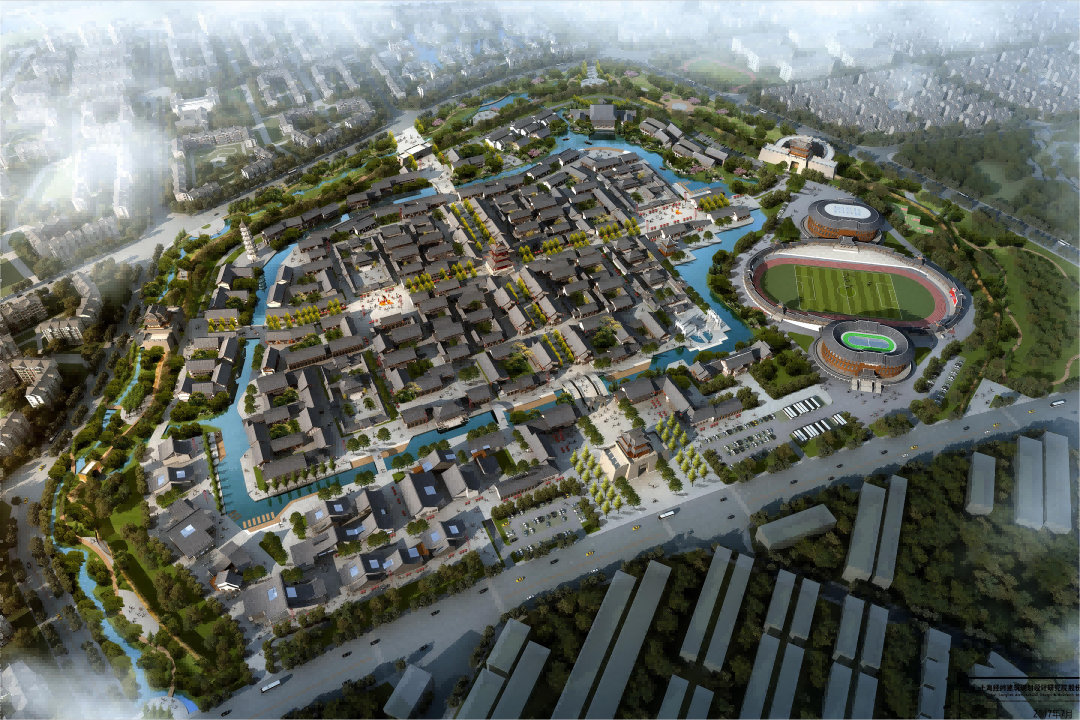
Nandanwei, the old Wei was in Nandanzhou, established in the 28th year of Hongwu, and promoted to the Military and Civil Command in the early 29th year. In December of the 2nd year of Yongle, it was moved to Shanglin County. In the 9th year of Shunzhi in the Qing Dynasty, it was changed to Sanliying, and later evolved into the old Shanglin Yamen. In its heyday, the Weicheng was three miles wide, "with a moat and a series of towers around it", "with East Street, South Street, West Street and North Street inside and outside the city". There is a gate in the east, west and south, and the north gate has been blocked for a long time, with a circumference of 540 feet.
Time flies, and the historical resources of the Weicheng are now abandoned and have become a forgotten place for urban development. This plan will protect and revive the historical value of the Weicheng and seek a sustainable development path for the Weicheng culture.
[Planning Strategy]
1. Organic protection and renewal
From the site-cultural extraction-urban organic renewal model
Determine the control elements of the protection and utilization of the site, update its functions and environment, and make it full of vitality; from point to line, realize the reappearance of regional cultural vitality, from line to piece, so that the development of the region achieves relative integrity, thereby achieving the purpose of overall renewal.
2. Illuminate the cultural soul
In view of the cultural characteristics of Shanglin, we deeply explore the military historical and cultural elements of the Ming and Qing Weicheng, integrate them into the functional needs of tourism and vacation, and combine them in a specific way to form a continuous cultural attraction point, enhancing the influence and penetration of regional culture.
3. Improve the ecological network
Fill and optimize the existing natural ecological network, repair natural ecological factors, integrate ecological elements, and use riverside corridors, outer green rings, and road network corridors to form an ecological skeleton.
4. Multifunctional complex
Emphasis on the organization and construction of the area, while highlighting its own characteristics, pay attention to the diversified and balanced mixture of various functional activities, enhance the vitality of the area, and make the functional areas connected without mixing, and complement each other.
Time flies, and the historical resources of the Weicheng are now abandoned and have become a forgotten place for urban development. This plan will protect and revive the historical value of the Weicheng and seek a sustainable development path for the Weicheng culture.
[Planning Strategy]
1. Organic protection and renewal
From the site-cultural extraction-urban organic renewal model
Determine the control elements of the protection and utilization of the site, update its functions and environment, and make it full of vitality; from point to line, realize the reappearance of regional cultural vitality, from line to piece, so that the development of the region achieves relative integrity, thereby achieving the purpose of overall renewal.
2. Illuminate the cultural soul
In view of the cultural characteristics of Shanglin, we deeply explore the military historical and cultural elements of the Ming and Qing Weicheng, integrate them into the functional needs of tourism and vacation, and combine them in a specific way to form a continuous cultural attraction point, enhancing the influence and penetration of regional culture.
3. Improve the ecological network
Fill and optimize the existing natural ecological network, repair natural ecological factors, integrate ecological elements, and use riverside corridors, outer green rings, and road network corridors to form an ecological skeleton.
4. Multifunctional complex
Emphasis on the organization and construction of the area, while highlighting its own characteristics, pay attention to the diversified and balanced mixture of various functional activities, enhance the vitality of the area, and make the functional areas connected without mixing, and complement each other.
Related projects




